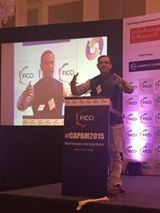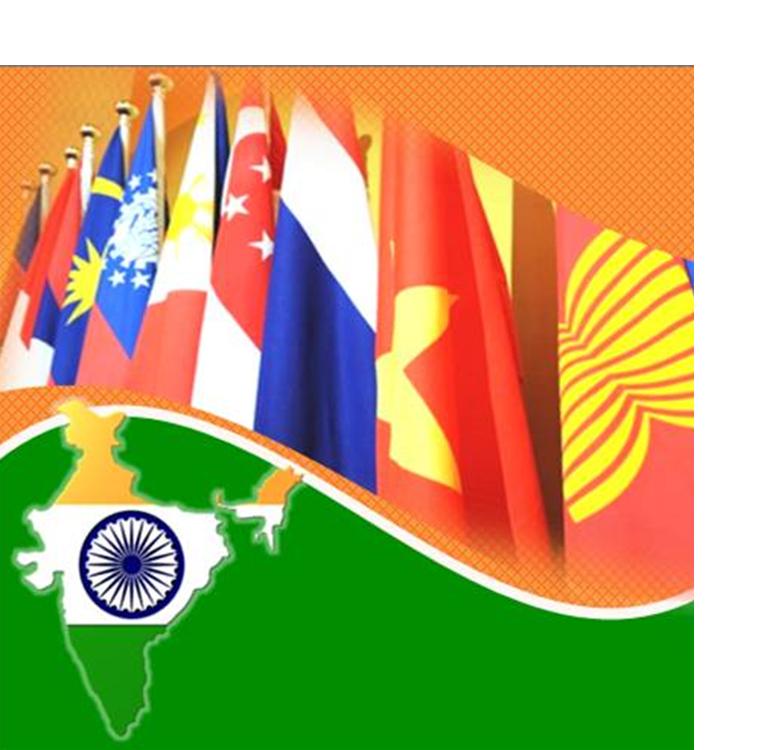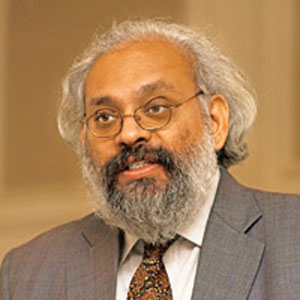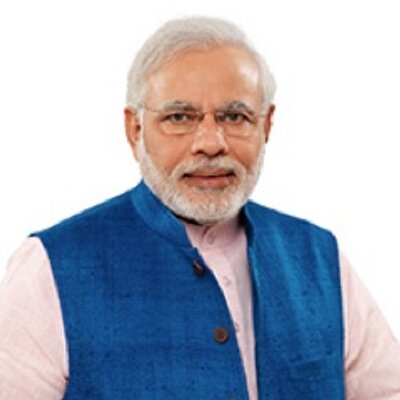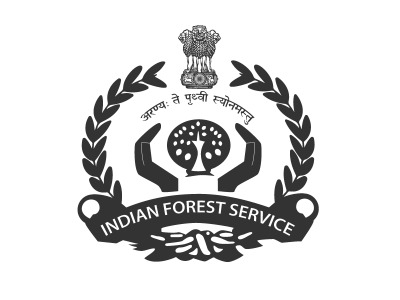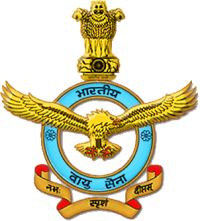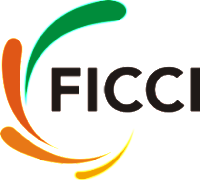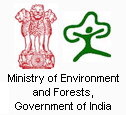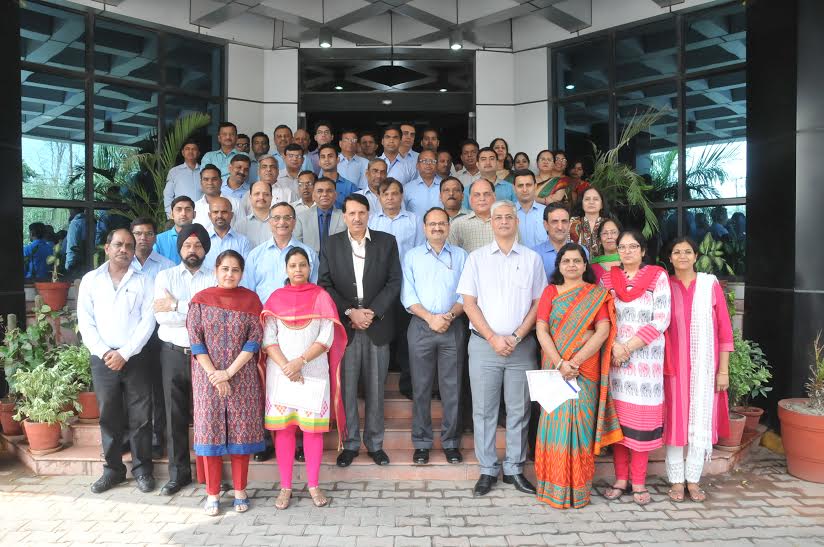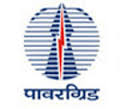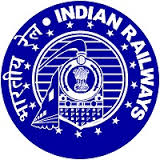The Minister of Railways Shri Suresh Prabhakar Prabhu inaugurated ‘International Summit on Energy Efficient Technologies in Railways’. This Conference has been organized by Indian Railways in partnership with United Nations Development Programme(UNDP). It is first of its kind initiative that the Ministry of Railways is partnering with the UNDP to explore the latest energy efficiency solutions and technology that it can reduce energy bills and facilitate sustainable development. The International Summit is a step in this direction. Chairman, Railway Board, Shri A.K. Mital, Board, Member Electrical Railway Board, Shri Navin Tandon, other Board Members, and senior officials from Railways were also present on the occasion. The theme of the summit was “Energy Efficiency Trends and Technologies in Railways.
Speaking on the occasion, Minister of Railways Shri Suresh Prabhakar Prabhu that Indian Railways and UNDP should jointly chalk out a comprehensive road map for finding latest energy efficiency solutions. Shri Suresh Prabhu said that it is now necessary that Indian Railways itself sets standard for energy efficiency in each of its operations and then examine at vis-à-vis global benchmarks. He said that Indian Railways has already embarked upon the energy audit exercise which will help in understanding the base line which will facilitate in setting up the standards and will prepare to standup with respect to global benchmark. We need to devise integrated energy efficiency plan which incorporations intervention of appropriate technology. We have to therefore find the latest and the best technology and customize it in the Indian context. It is also imperative then to find out innovative financing for achieving these objectives in collaboration with UNDP. He said we need to understand the issue of demand side management and prepare strategies accordingly. Shri Prabhu said that Indian Railways is a natural green mode of transport and we want to make it further greener by adoption of renewable energy as a major source of energy. We are going for solarization in a big way and we have started wind energy. We have also started blending bio-diesel in this connection.
In his address Chairman Railway Board, Shri A.K. Mital said that the project initiated by the Ministry of Railways in partnership with United Nations Development Program (UNDP) is very significant. The project supports efforts to improve energy efficiency in the Indian Railways, which accounts for roughly 2% of the total electricity consumption in India.
Speaking on the occasion, Member Electrical Shri Navin Tandon said that the Summit shall aid in setting benchmarks for IRs best practices from railway systems around the world. The observations thus made will help in preparing the roadmap required for achieving the desired reduction in carbon emissions. The event will also see technology leaders demonstrating new technologies and introducing innovative solutions.
Minister of Railways Shri Suresh Prabhu also launched a very significant website on green initiatives of Indian Railways with the URL www.irgreenri.gov.in. This website will provide information to Railway employees, scholars, researchers, industries and passengers about initiatives taken by Indian Railways for moving to Green Technology and also will give new thoughts and innovative ideas for using non-conventional source of energy in Indian Railways. The Indian Railways Green Energy Initiative website “www.irgreenri.gov.in” will give a glimpse of Indian Railways efforts towards making Greener Environment Healthier Mother Earth and Cleaner Planet. This is a landmark development & is first of its type by any other energy intensive department of Government of India (GoI). This site has been developed by CRIS in consultation with Electrical Energy Management directorate of Ministry of Railway. This is a very informative website and will immensely helpful in promoting image of Greener Mode of Transport i.e. Railways and will also be helpful in achieving the ultimate objective of improving Energy Efficiency System on Indian Railways by 15% as per “Vision 2020”. This is just a beginning & lot will be done in the coming days to further this website. This will in the coming days become a major source of information on GREEN initiatives by Indian Railways.
Large number of delegates from all over the world including key experts from the rail sector, rail operators, rail infrastructure management companies, energy efficiency solution providers and energy-efficient technology suppliers are expected to attend this day long summit.
On the sidelines of the event, new technologies and innovative solutions to improve energy efficiency in the Rail sector has been showcased as an exhibition by technology leaders. This endeavour has also been supported by Institution of Railway Electrical Engineers (IREE), a professional body of Railway Electrical Engineers.
This summit is facilitating dissemination of information on important advances made in design and delivery of electric traction technologies and other solutions in Rail sector. During the event, research work of experts from the field of energy efficiency are being presented.
The Summit has provided a platform for policy makers, manufacturers, researchers and other stakeholders to discuss potential energy efficiency solutions and technologies for reducing IR’s carbon footprint.
BACKGROUND INFORMATION :
Indian Railways is one of the largest transportation network of the World running more than 19,000 trains. It runs 12,000 trains to carry over 23 million passengers per day connecting about 8,000 stations spread across the sub-continent. It runs more than 7,000 freight trains per day carrying about 3 million tonnes of freight every day. More than 30,000 Route Km out of its total 66000 Rkm Indian Railways (IR) is consuming 17 billion units of energy annually for which 10,500 Cr is being paid to Electricity Boards annually and consumes 27 lacs liters of diesel costing Rs. 20,000 Cr approximately. This amounts to more than 25% of total revenue budget of IR which is second largest component of its revenue expenditure.
In view of environmental concerns, directed efforts are required to reduce energy consumption, explore new and renewable resources which come from resources that are continually replenished to mitigate impact on the environment. These energy sources are more sustainable and also getting cheaper to use and require lesser maintenance to provide energy. Extensive research and development is essential to create urgent breakthroughs in the field of renewable energy applications. This enormous challenge requires a multi-disciplinary approach in close collaboration with Government, industry, and consumer. The technological innovation with good governance approach will promote the successful implementation of innovation. Indian Railways is an efficient mode of transport and we want to make it more efficient, green and environment friendly by adoption of renewable energy as a major source of energy to Indian Railways is one of the pioneering organizations focusing on energy conservation initiatives in yesteryears.
Indian Railway is using Non-Conventional Source of Energy like Solar Plants had been provided at Rai Bareilly, Rail Bhawan, GM Buildings at Tirupati & Ajmer and installed 1 MW at Katra, Railway Station. Solar panels are also provided on Coaches roofs on pilot basis. Indian Railways has harnessed about 10.5 MW of solar energy at LC gates, way side stations, solar based street lights etc. Indian Railways is planning to setup more than 160 MW of wind mill plants. This will help in reducing carbon emission. Railway electrification is one of the major initiatives taken by Electrical Department wherein more than two-third of freight traffic and half of Passenger Traffic is hauled on close to 40% of electrified network, presently.
The regenerative energy produced in three- phase electrical rolling stock during the breaking of trains, results in saving in energy consumption up to 30%. Some of the other initiatives are smart sense and smart grid system, provision of LED bulb under domestic efficient lighting program (DELP) Scheme; Introduction of Energy Efficient IGBT.



